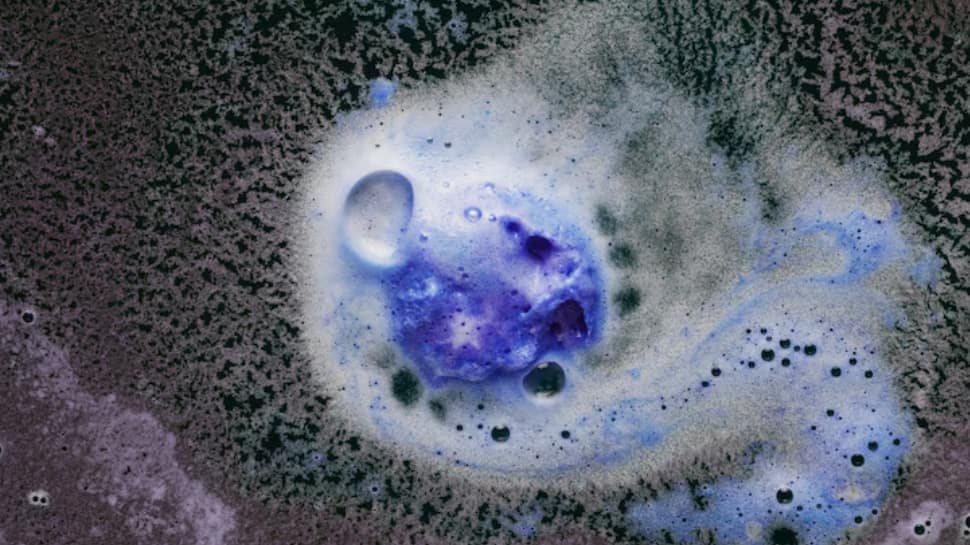A team of scientists led by Tristan Caro, a postdoctoral associate in geobiology at Caltech, has achieved a remarkable scientific breakthrough: they have successfully revived microbes that had been frozen in permafrost for an astonishing 40,000 years. This groundbreaking discovery not only challenges our fundamental understanding of life and death but also raises profound questions about the resilience of life, the potential for ancient organisms to re-emerge, and the implications for our planet’s future.
The research team embarked on an ambitious and daring experiment to test whether microbes trapped in the frozen soils of permafrost could be brought back to life after tens of thousands of years. Permafrost is a layer of permanently frozen earth found in polar regions such as Alaska and Siberia, which preserves organic material and microorganisms in a deep freeze. Scientists have long wondered if any life forms trapped in this icy vault could survive such extended periods of dormancy.
To explore this question, Caro and his colleagues extracted samples from deep layers of permafrost, some dating back 40,000 years. They then immersed these samples in a unique solution of “heavy water,” which contains a heavier isotope of hydrogen than ordinary water. This special environment was designed to stimulate any dormant microbes and allow researchers to track biological activity. The use of heavy water also helped the scientists identify active metabolism by monitoring the incorporation of the heavier hydrogen isotope into organic molecules.
After patiently waiting for six months, the team observed a remarkable phenomenon: the microbes began to stir, multiply, and eventually formed thriving colonies. “These are not dead samples by any means,” Caro stated in a press release from the University of Colorado, Boulder. “They’re still very much capable of hosting robust life that can break down organic matter and release it as carbon dioxide.” This successful revival demonstrated that life can persist in a state of suspended animation far longer than previously believed and can resume activity when conditions become favorable.
The implications of this discovery are vast and multifaceted. Most fundamentally, it blurs the line between life and death, dormancy and extinction. Microbes that have been frozen for millennia, thought to be long dead, can awaken and resume life processes, challenging our definitions of what it means to be alive or extinct. This finding deepens our understanding of the resilience and adaptability of life on Earth and may influence how scientists search for life beyond our planet.
In the field of astrobiology, the resilience of these ancient microbes hints at the possibility that life could exist in extreme environments elsewhere in the universe, such as on Mars or the icy moons of Jupiter and Saturn, where frozen conditions prevail. If terrestrial microbes can endure tens of thousands of years in permafrost and then revive, similar life forms might survive in extraterrestrial ice or subsurface environments, waiting for the right conditions to awaken.
However, while the revival of these ancient microbes opens exciting scientific avenues, it also raises serious concerns. As global temperatures continue to rise due to climate change, vast stretches of permafrost in polar regions are thawing at an unprecedented rate. This thawing could naturally release ancient microbes into modern ecosystems, potentially reintroducing organisms that have not coexisted with contemporary life forms for tens of thousands of years.
Caro warns that the emergence of these “micro zombies” could disrupt existing ecosystems in unpredictable ways. These microbes might interact with current microbial communities, alter nutrient cycles, or impact the decomposition of organic matter, potentially accelerating the release of greenhouse gases such as carbon dioxide and methane. Such feedback loops could exacerbate climate change, posing a new environmental threat linked to the thawing of the frozen earth.
At present, the revived microbes remain securely contained within laboratory settings, allowing researchers to study their characteristics and behavior without risking environmental release. Yet the research has metaphorically opened a Pandora’s box, revealing both the wonders and dangers hidden beneath the frozen ground. As Caro cautions, “We’ve only sampled one tiny slice of the permafrost.” The vast expanses of frozen soils worldwide likely contain countless other ancient organisms, some of which may possess unknown properties or risks.
This discovery invites broader reflection on humanity’s relationship with the natural world and the limits of scientific exploration. The ability to resuscitate life forms that have been dormant for tens of thousands of years forces us to reconsider the finality of death and the ongoing continuum of life. It also urges careful consideration of the ecological and ethical implications of resurrecting ancient life, especially as environmental changes accelerate.
In

